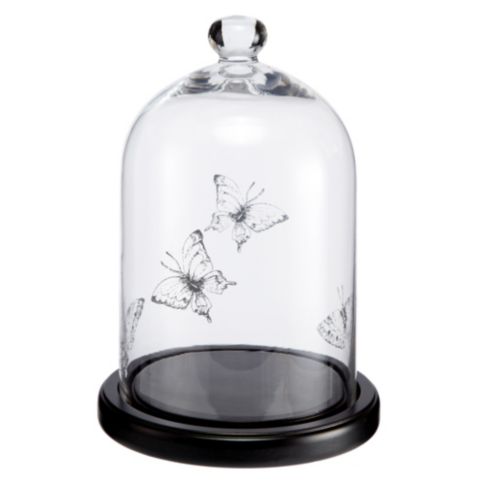Valentine's Day Fabric Garland
As Alice and I walked to school yesterday,
she suddenly asked if I would make her some Valentine's Day bunting as presents for her friends. "How many sets are we talking about?", I asked, "Nine" came the reply.
So I had a day to stitch seventy-two pennants and attach them to over ten metres of bias-binding. "No Problem", I told her and quickly raced home to get started.
Now normally when I make bunting banners I like to take my time, in particular I hand-sew the bias-binding down so there is no visible stitching on the tape when viewed from the right side. Today there was no chance!
Instead, here's a cheat's guide to speedy bunting making.....
Your first step is to make a template for the flags. My technical drawing skills aren't the best, so I opened a Publisher document and clicked on 'insert basic shape' choosing an equilateral triangle of 9cm. Having all sides the same length saves confusion over which is the 'top'. Once you have your template, trace around it onto your top fabric only. I use a heat erasable pen sold under the name of Frixon (sic) or Fanthom (sic). They are designed to be used, mainly by young students, on paper but are much cheaper than those sold specifically as dressmaking or quilting pens.
Put these triangles to one side and grab the fabric you intend using on their reverse. Do not cut individual triangles from this material, instead just cut or tear strips a little wider than the height of your template.
Now simply lay your first flag down onto the strip, right sides together, and stitch. Repeat with the next triangle and so on until you run out of fabric. Then tear another strip and continue until all 72 have been attached!
I was using recycled sheeting for most of this project. The check fabric is the reverse side of the butterfly duvet set which I used for
this journal cover. I really recommend buying bedding at thrift shops and car boot sales as you can get metres of gorgeous fabric for mere pennies.
When all the flags have been sewn together, cut them out and snip the bottom of the triangle, as seen in the picture, to reduce bulk and create a neater final point. Do not trim the top edge of the backing fabric. Turn right sides out and press.
Now trim the excess backing fabric away, making both top edges equal, so that it looks like the middle flag above.
I've not come across anyone else making their bunting in this way before, but trust me it saves sooo much time. Other tutorials involve both front and back of each pennant being accurately traced and cut, which means they then have to be carefully pinned together so that they don't slip and move as you stitch them. My cheat's method also means that you don't get those annoying little ears left at the top of each flag!
Once you have the required number of completed triangles stitch them to lengths of bias-binding to complete your garland. If you're a bias-binding novice there are lots of great tutorials out there to help you, such as
this one. The method is a little different if you are going to hand stitch the binding down on the reverse side. I just didn't have the time today to hand sew all nine sets! However, I'm actually so used to the hand finishing method I inadvertently attached the binding the wrong way around on two of the sets. It really doesn't make that much difference but if either of the recipients (or their Mums) notice, I apologise!
I finished the project, including printing toppers for the packaging, with minutes to go. I wasn't even late on the school run - Phew!
Love Heart Sweets
Yummy Cakes
Postscript
You may have noticed a crafty thimble thief in this post....I might have been finished even quicker without the help of a certain jealous kitty!
Happy Valentine's Day!





.JPG&container=blogger&gadget=a&rewriteMime=image%2F*)
.JPG)
.JPG)
.JPG)


.JPG&container=blogger&gadget=a&rewriteMime=image%2F*)
.JPG&container=blogger&gadget=a&rewriteMime=image%2F*)

e.jpg)


e.jpg)
.JPG)


.JPG)
.JPG)
.JPG)















